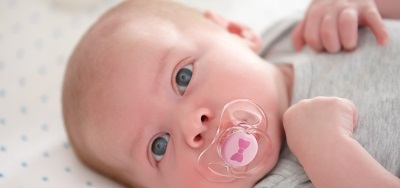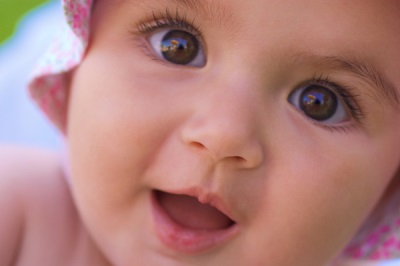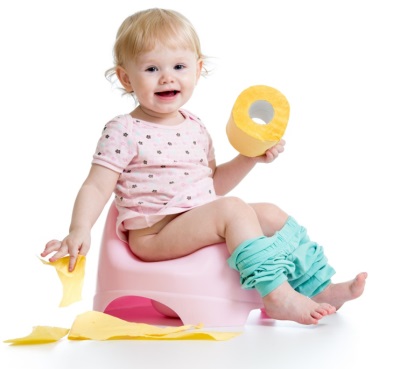Urine analysis in children according to Zimnitsky
The study of the urine of the child according to the Zimnitsky method allows to evaluate the function of the kidneys. Why should a child be given such an analysis, how does he differ from other similar analyzes, and what problems can she identify?
Indications
Usually, a child’s urine test according to Zimnitsky is conducted to detect kidney failure. Also, this analysis is prescribed if diabetes mellitus, glomerulonephritis or heart failure is suspected.
Special features
The main difference between the analysis on Zimnitsky urine tests is an emphasis on determining the amount of urine released per day, as well as the density of each portion of it, which indicates the concentration of substances dissolved in it. Other indicators this test does not explore.
How to collect the analysis?
The analysis involves the collection during the day in 8 tanks, each of which must get urine for a 3-hour period. Usually they start collecting it from 9 in the morning. Before each urination should wash the genitals of the child.
All containers are sent to the laboratory, even if some of them are left empty. If for some period of time the urine is more than is placed in the container, take another jar and note the same time period on it.
You also need to separately note the amount and time of the fluid you drink. Store the collected material for research should be in a cool place, for example, in the refrigerator.
Training
On the eve of the analysis, one should not drink too much liquid in order not to cause artificial polyuria and not to decrease the density of urine. It is also undesirable to use foods with dyes, salty and spicy foods that can increase thirst. In addition, diuretics are excluded at the time of the study.
Normal values
Normally, when analyzing Zimnitsky:
- During the daytime, more urine is secreted than at night (50-75% of all urine is excreted during the day).
- The density of different portions should vary. Oscillations between maximum and lowest density during the day should be greater than 0.007.
- After drinking fluid after 1-2 hours, the amount of urine becomes larger.
- Displays at least 65-80% of the liquid consumed within 24 hours.
Causes of deviations
The Zimnitsky analysis can reveal:
- Density changes. The indicator may be higher with a lack of fluid in the diet of the child, the first stages of glomerulonephritis or diabetes. The density of the urine will be lower if the child has renal or heart failure, pyelo-and glomerulonephritis, as well as diabetes insipidus.
- Polyuria - Increased amount of urine released per day. This symptom can be in diabetes and nephritis.
- Oligooria - reduced amount of urine excreted per day. This symptom indicates impaired filtration in renal damage. It is characteristic of toxic kidney damage, hemolytic anemia, or very low blood pressure.
- Nocturia - a condition when more than 50% of the total diuresis is released at night. This symptom is characteristic of diabetes and heart failure.
- Hyperisostenuria - a condition when the reverse absorption is enhanced in the tubules, as a result of which the density of urine is higher and its quantity is less. Such a result may indicate diabetes mellitus or glomerulonephritis.
- Hypoisostenuria - a condition when there are almost no fluctuations of density during the day (they are not greater than 0.007). It indicates chronic kidney failure, when the reabsorption is disturbed in the tubules.













